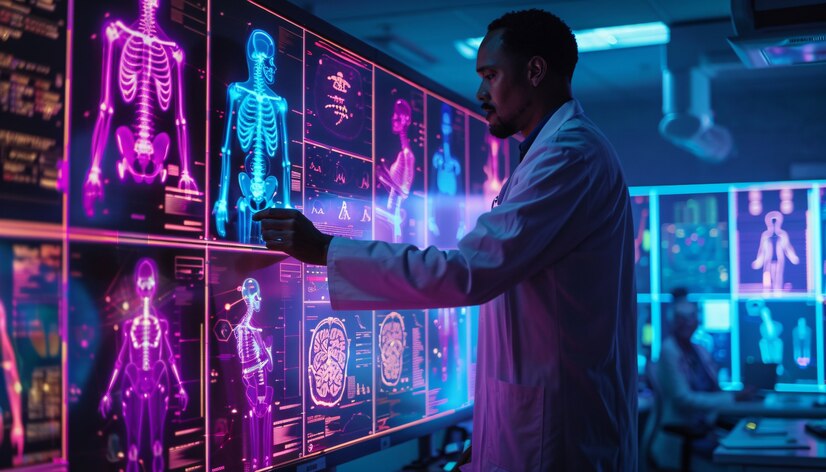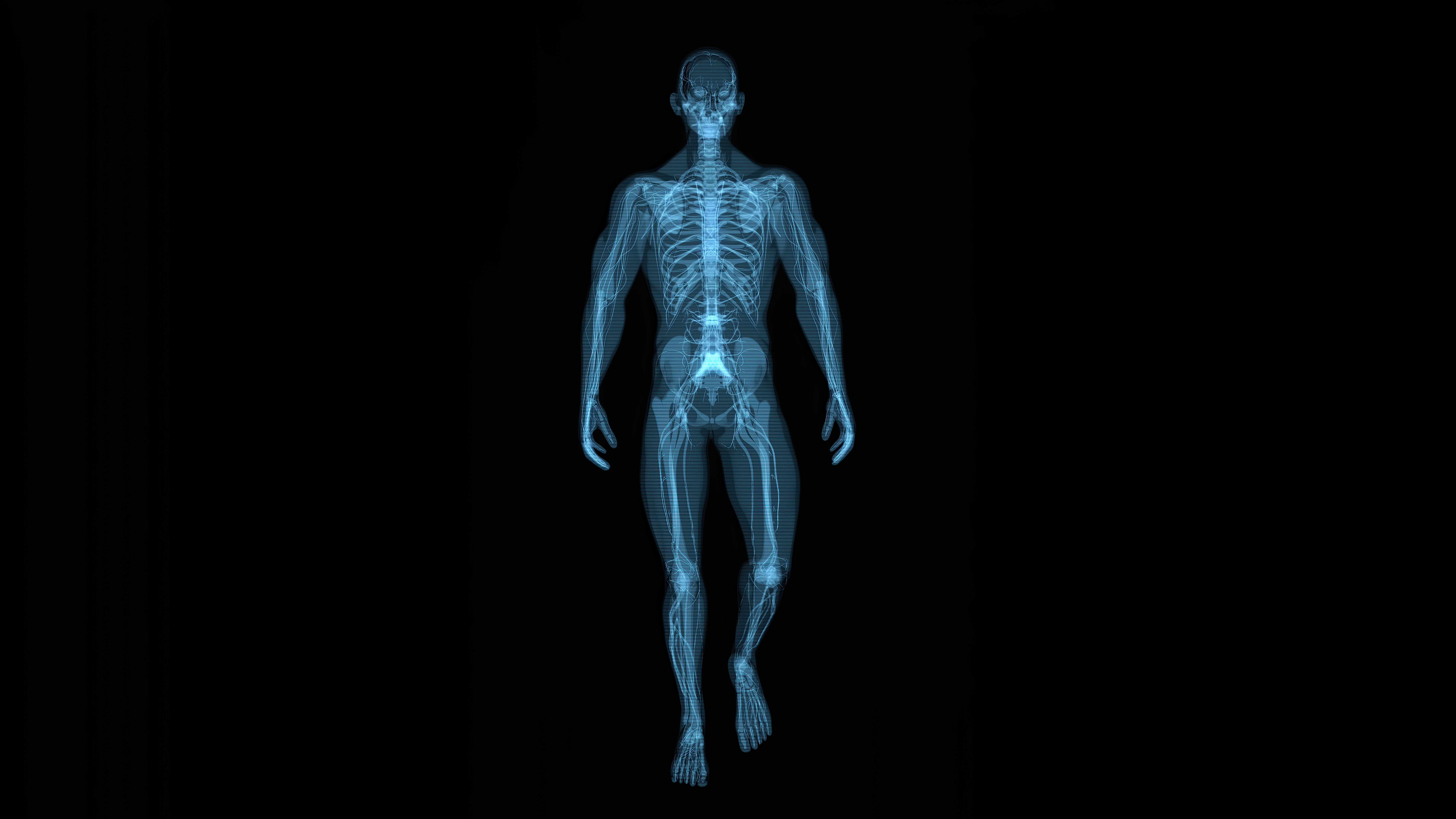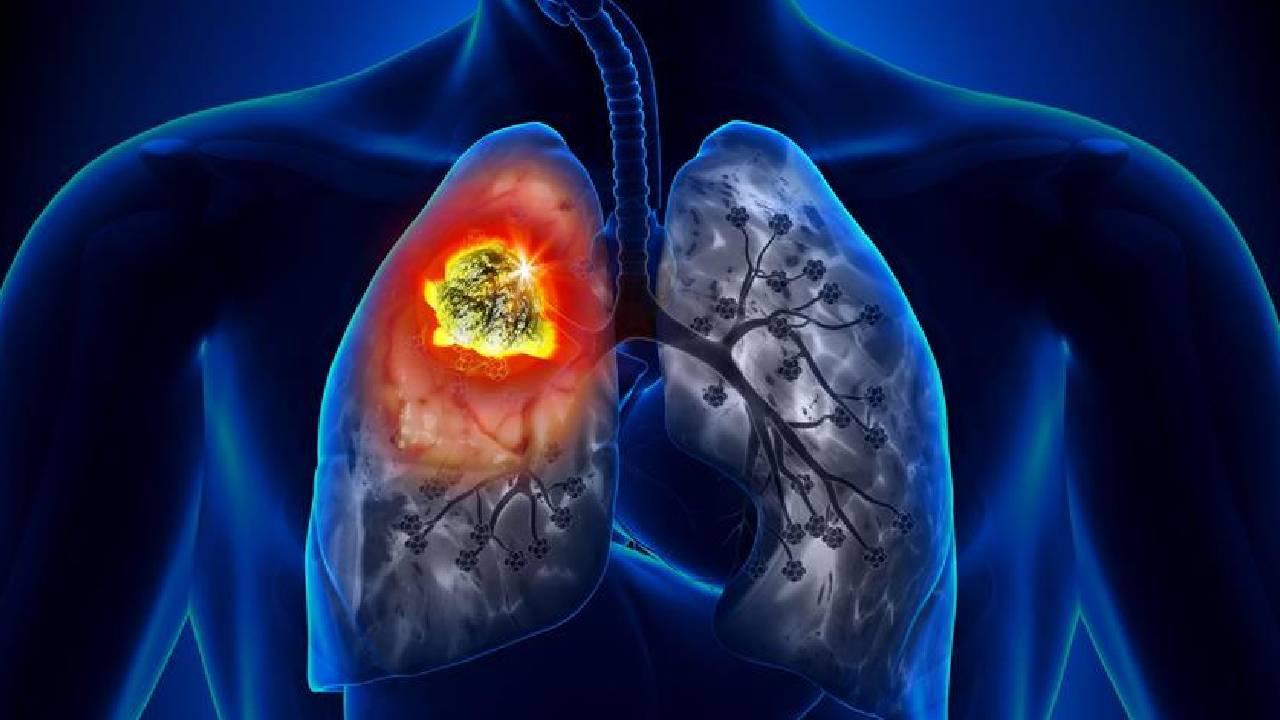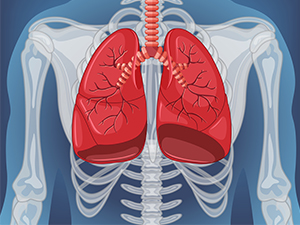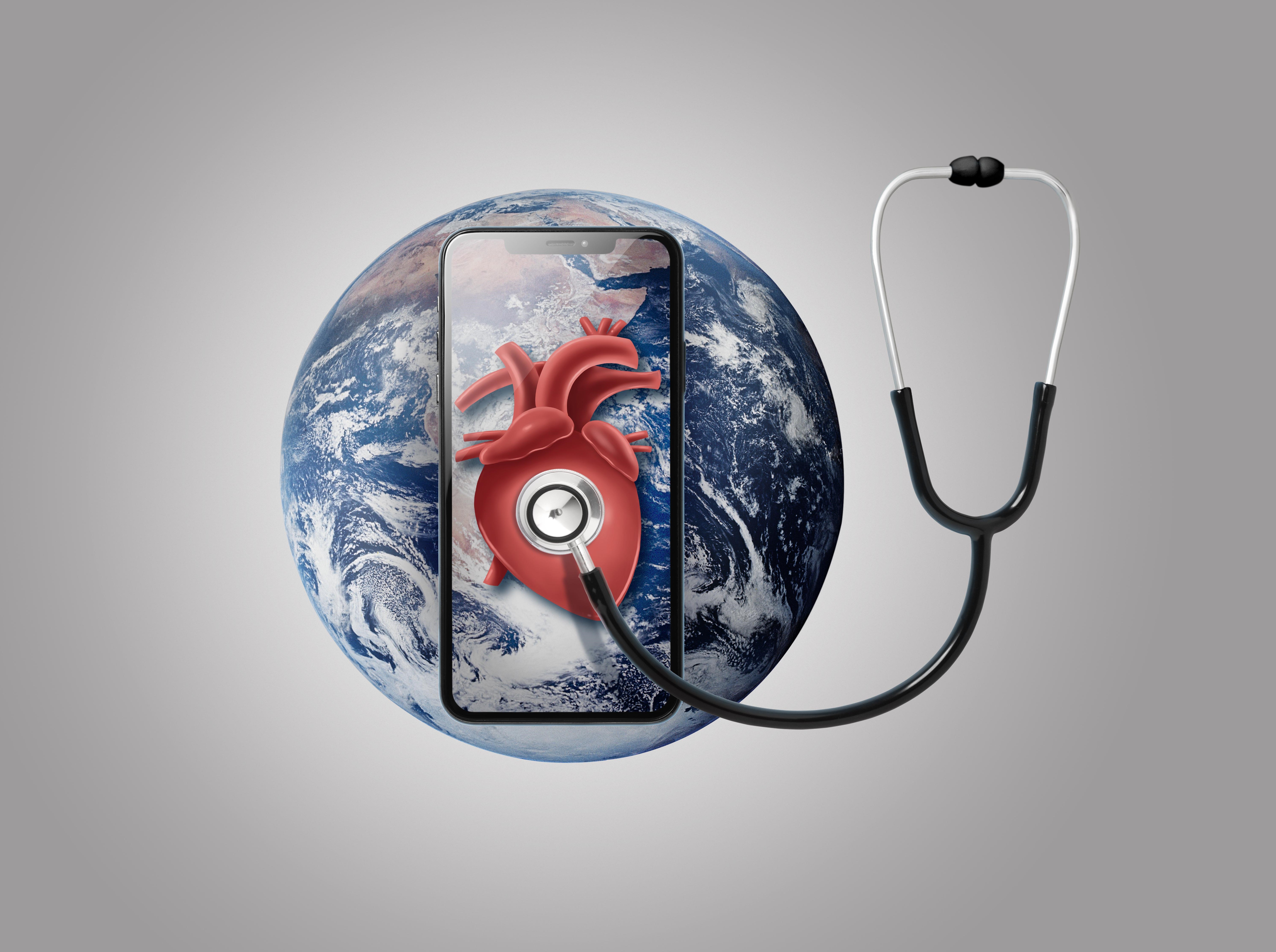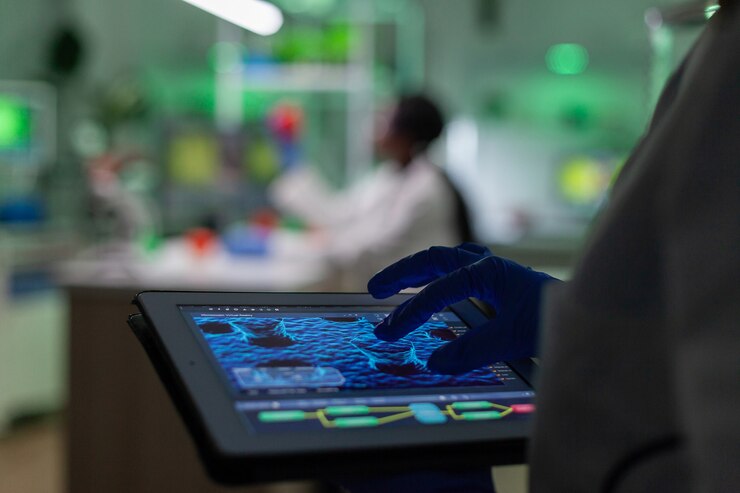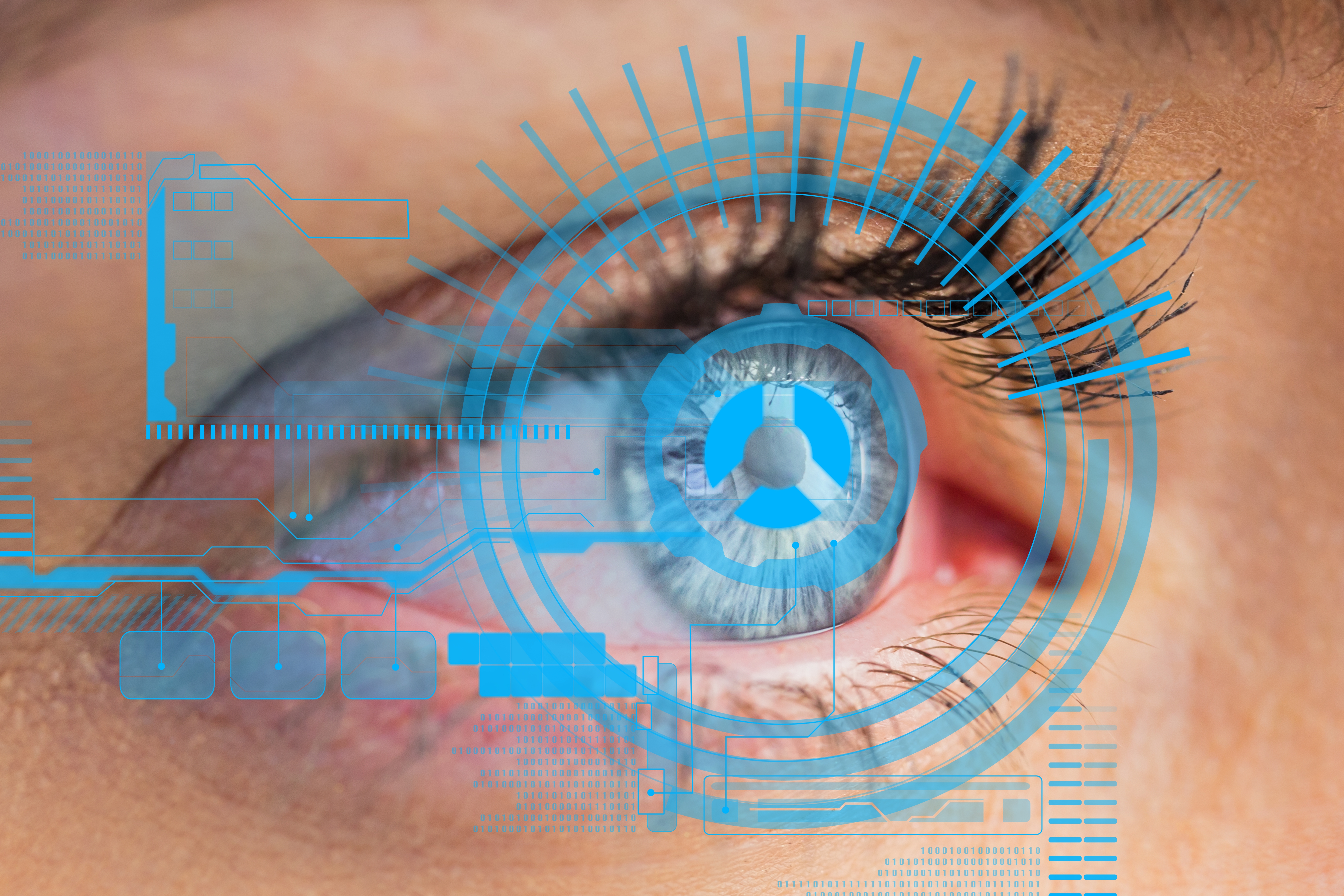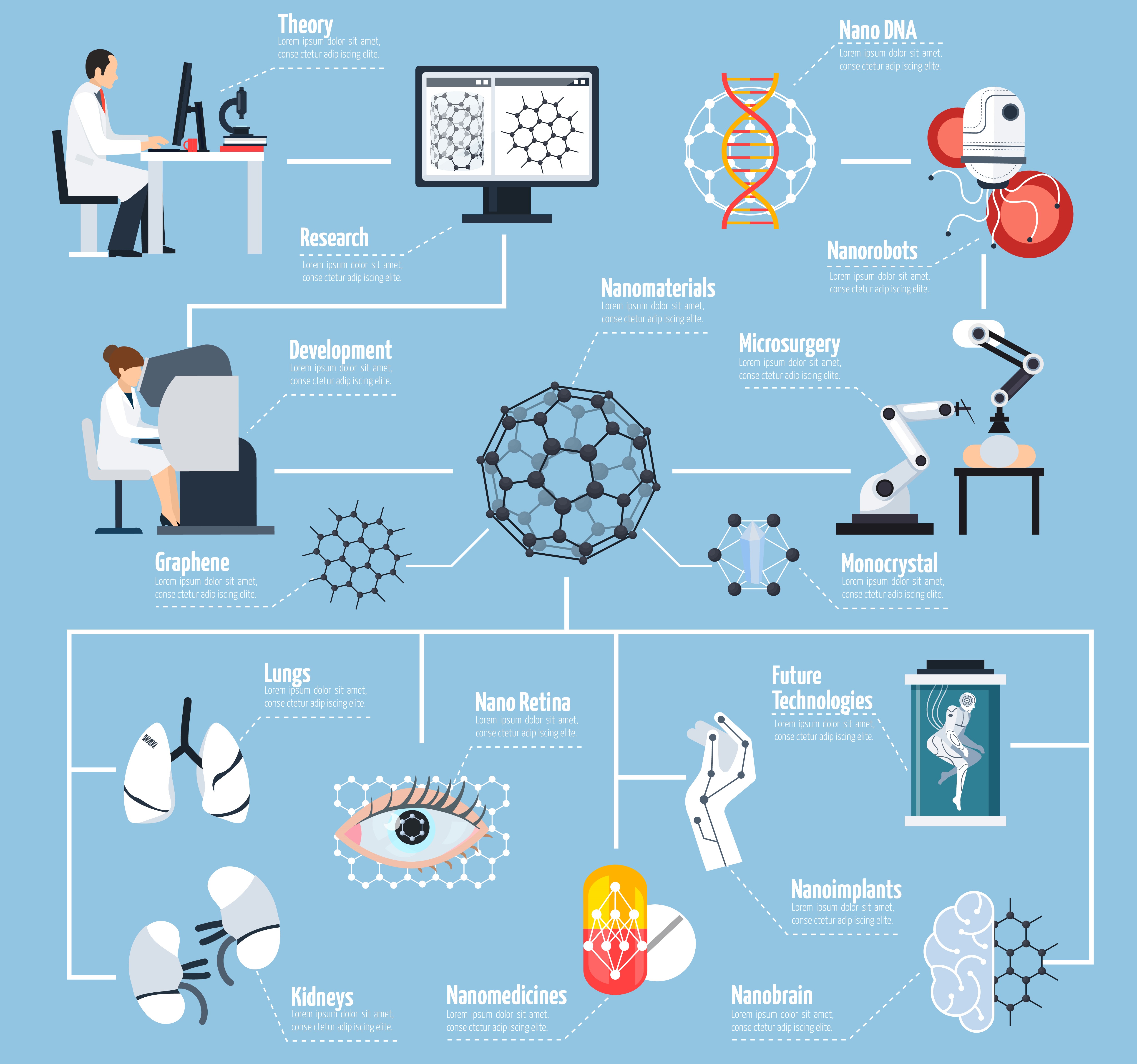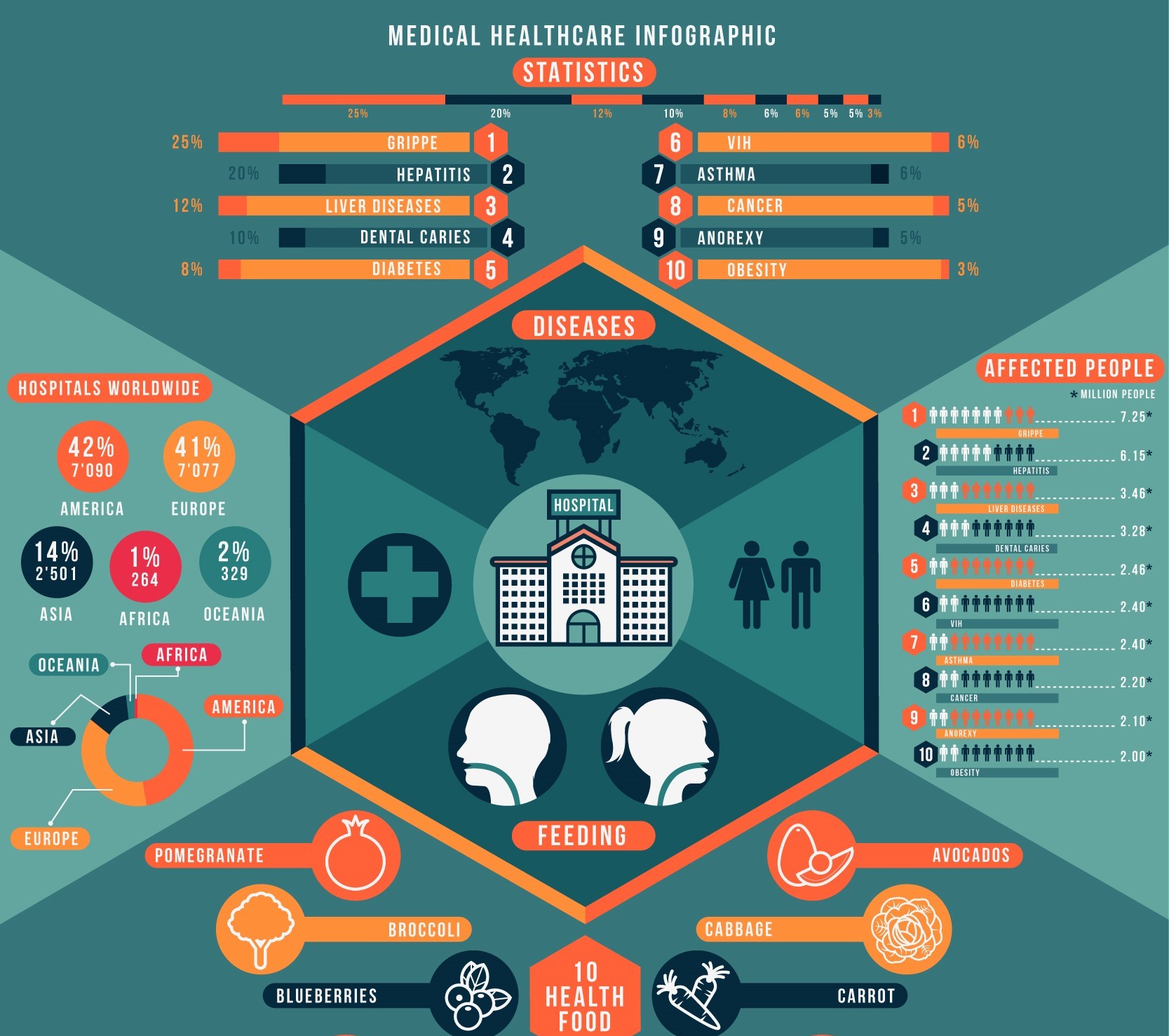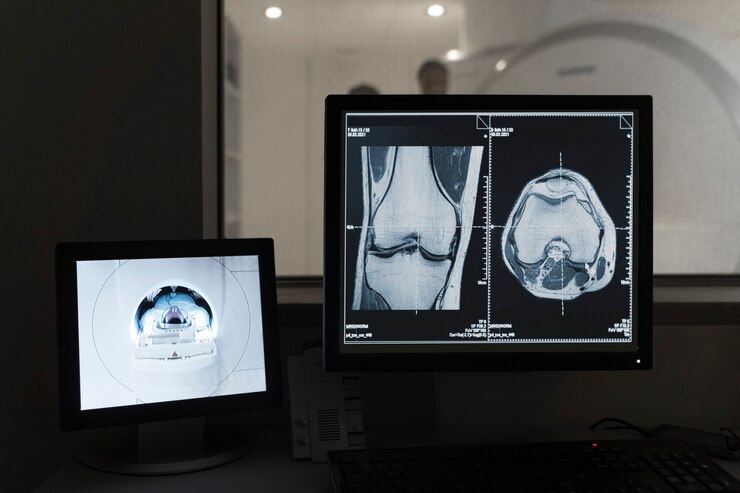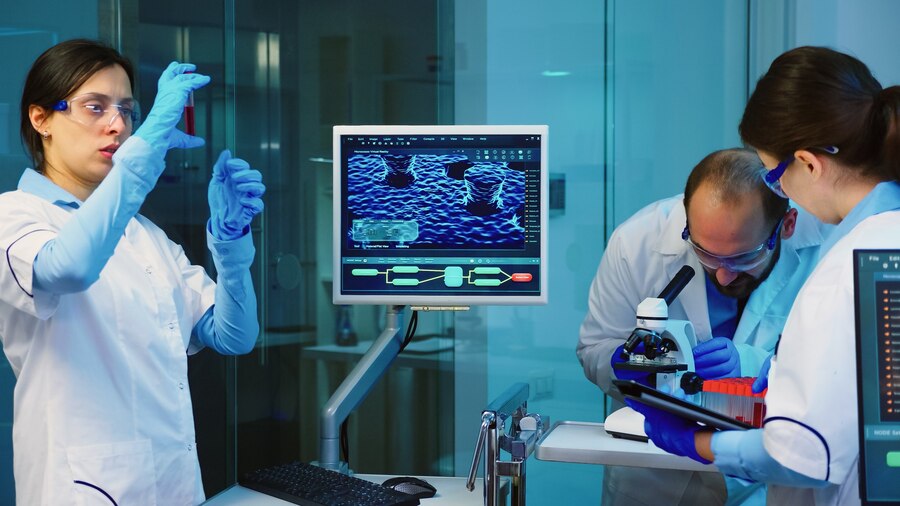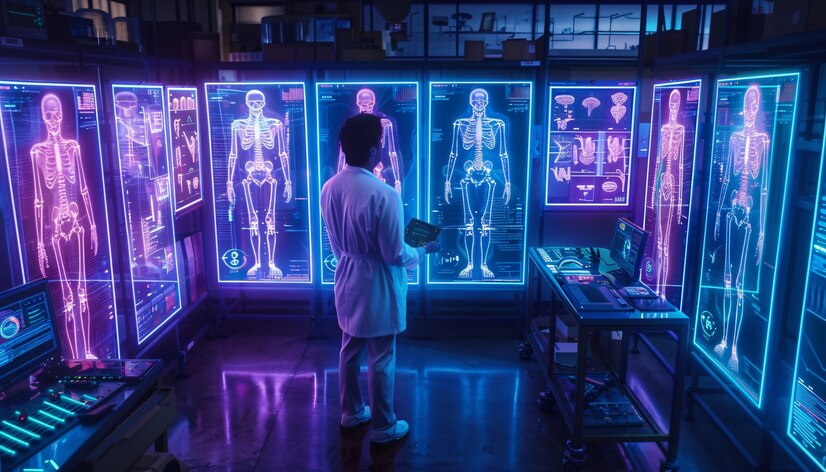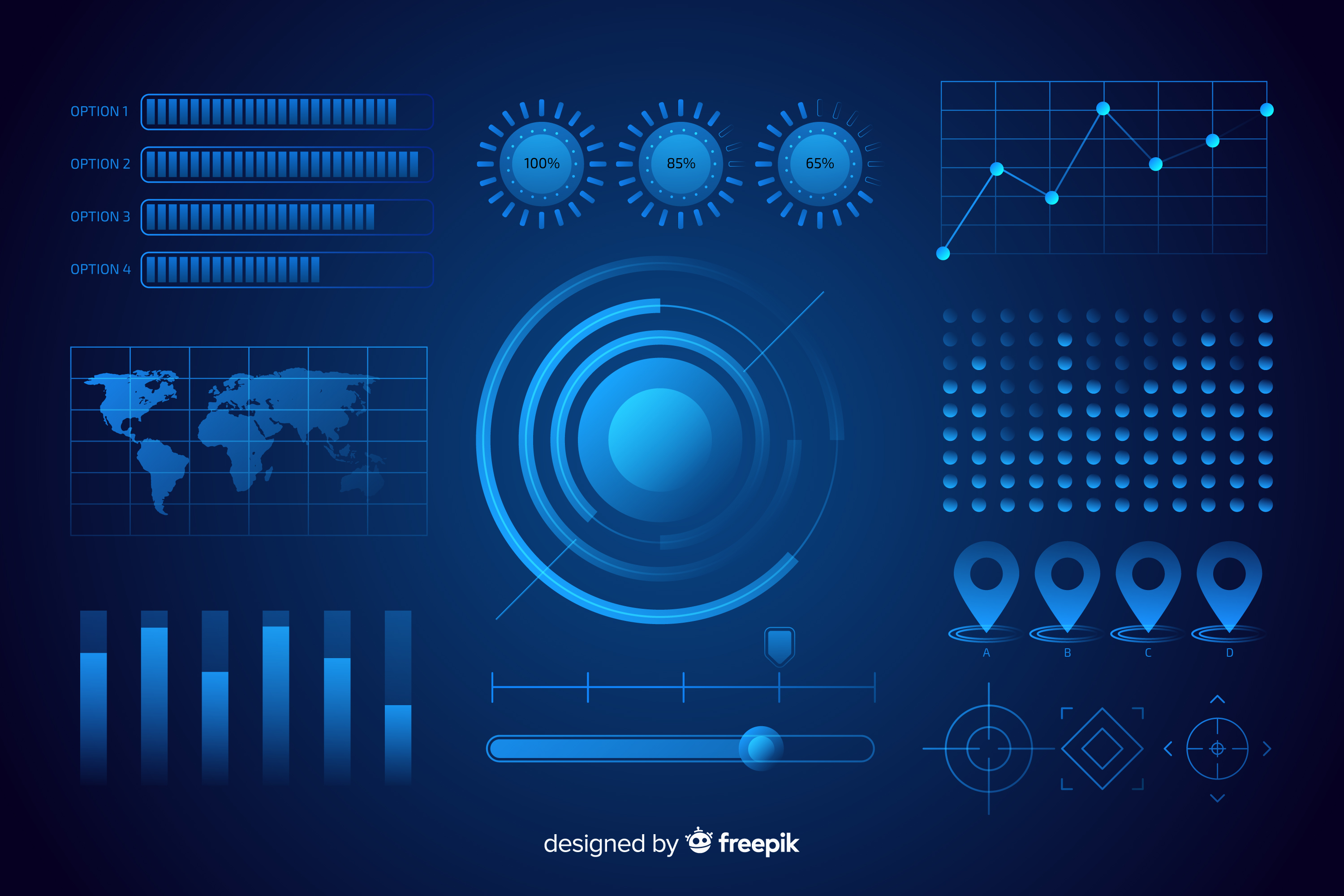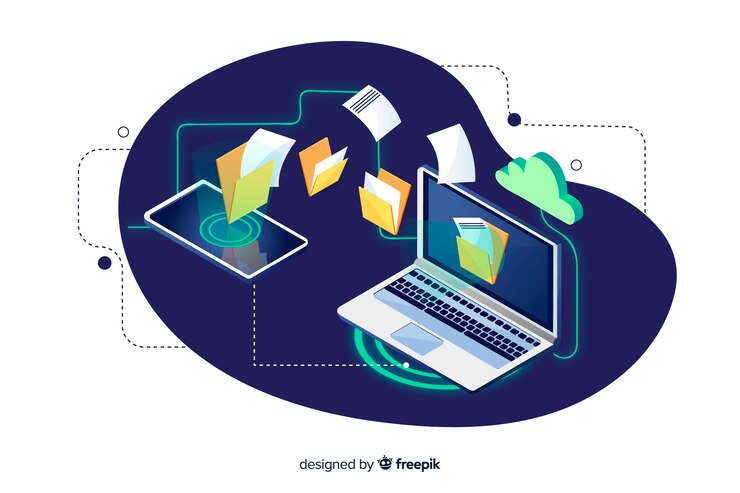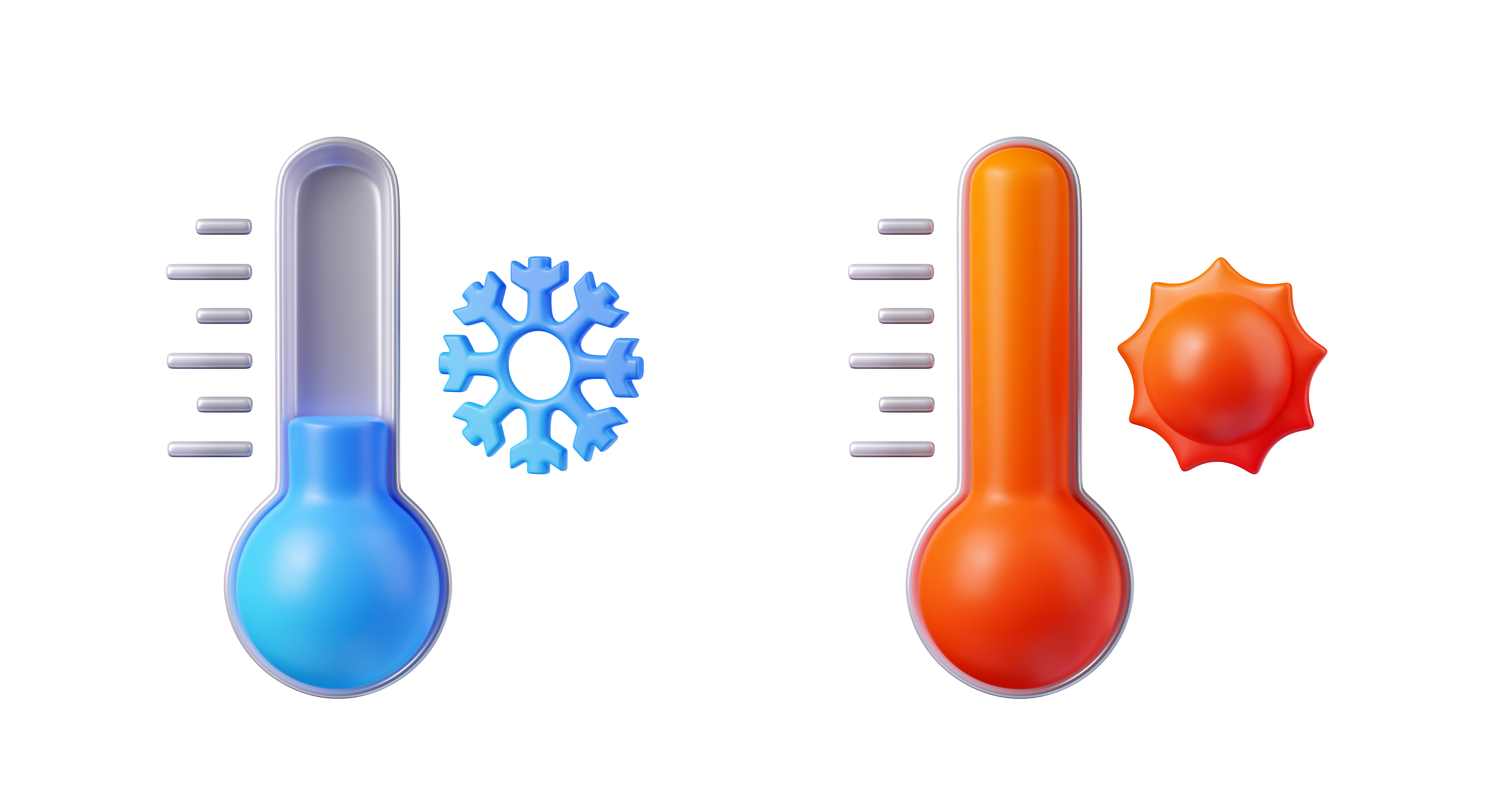Meets service quality requirements of the Ministry of Health(MoH)…
Contributes to the hospital quality performance score…
The blood collection information system measures blood collection time and patient waiting time at services and blood collection units.
The system also records the identification of user who collects the blood, this application will help meeting regulations and standards of the MoH in terms of blood collection which is an important part of the total quality management. The system also provide return of investment by increasing the hospital quality score.
The blood collection information system is made up of a call screen mounted on the door and touch screens mounted on blood collection seats. The nurse calls the patient by touch screen mounted to the blood collection seats. In the meantime, the information of patient and seat appear on the both call screen and touch screen. After completion of blood collection, the nurse approves the operation. Up on the approval, the system records the time of operation and practicing personnel and transfer to the laboratory information system.
With Blood Collection Information System;
• Patient details are displayed on the call screen.
• The touch screen mounted on the blood collection seat displays the identity of the nurse and the identity of the patient to the nurse instantly.
• Allows accurate recording of blood collection time.
• Recording of information about the time passed during blood collection and allows evaluation of personnel performance.
• It is possible to monitor blood collection over the system. Blood collection time is recorded through software installed on the handheld terminals.
• Integration with Laboratory Information System is provided.
• The time of collection of specimens and the staff who collect those specimens are recorded and inserted to the Laboratory Information System(LIS).
Advantages of AKGUN Blood Collection Information System for medical institutions and organizations:
Prevents disorder while collecting specimens: A token is provided to the patients when the first arrive at the blood collection unit which minimizes the both human errors as well as prevents disorder.
• Time and Resource Management: Reduces work load and prevents loss of time.
• Service Quality: Increases quality of medical service and creates patient satisfaction.
• Compliance with Service Quality Standards: It provides an important contribution to the hospital performance within the scope of regulations in the guideline “Service Quality Standards” of the Ministry of Health Performance Management and Quality Development Department.





